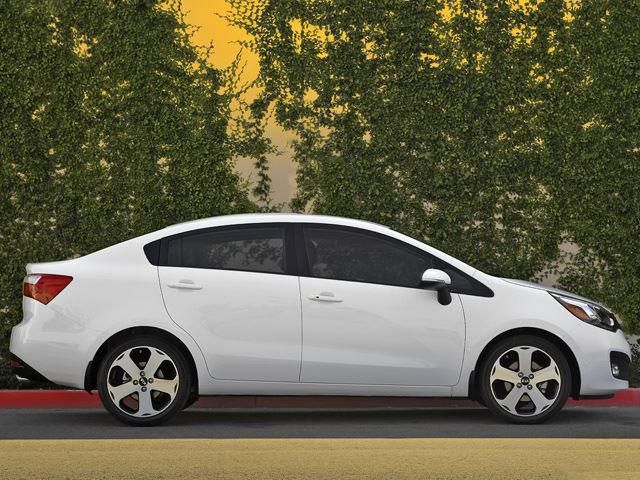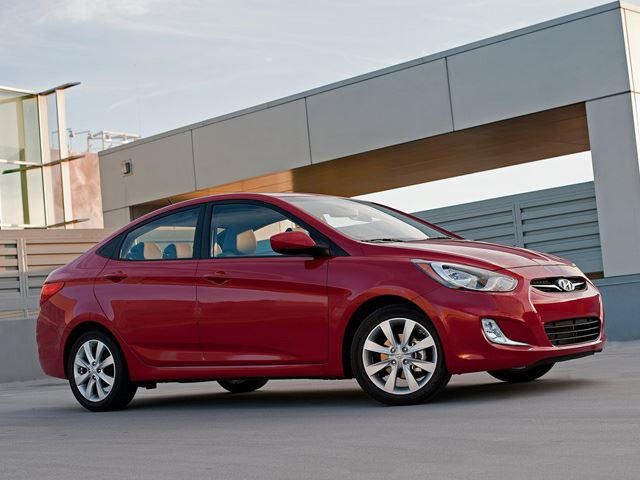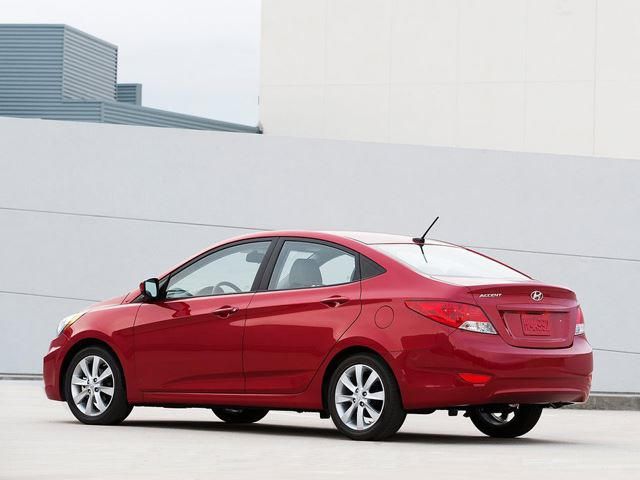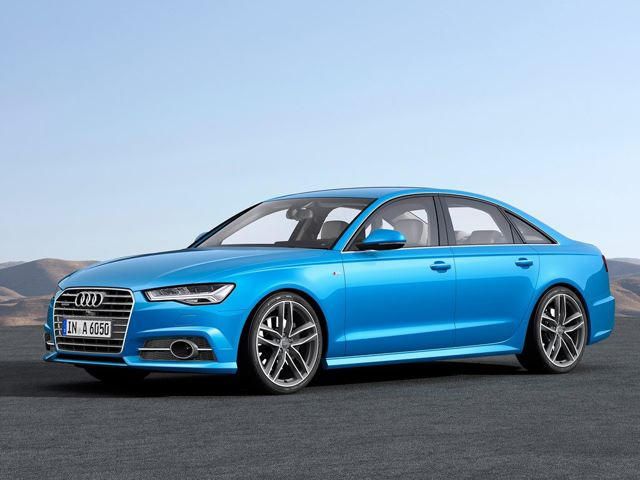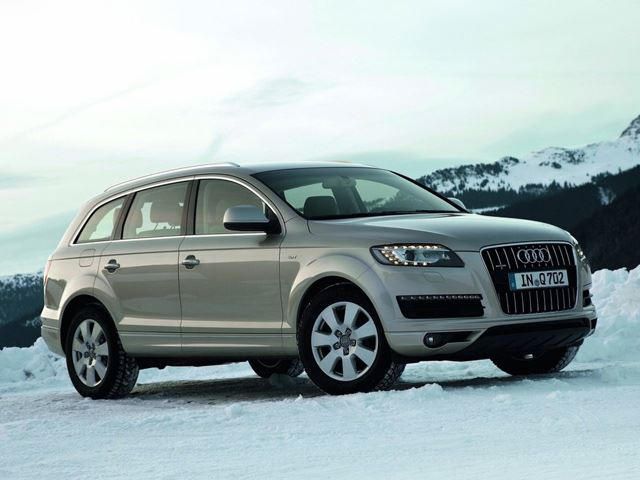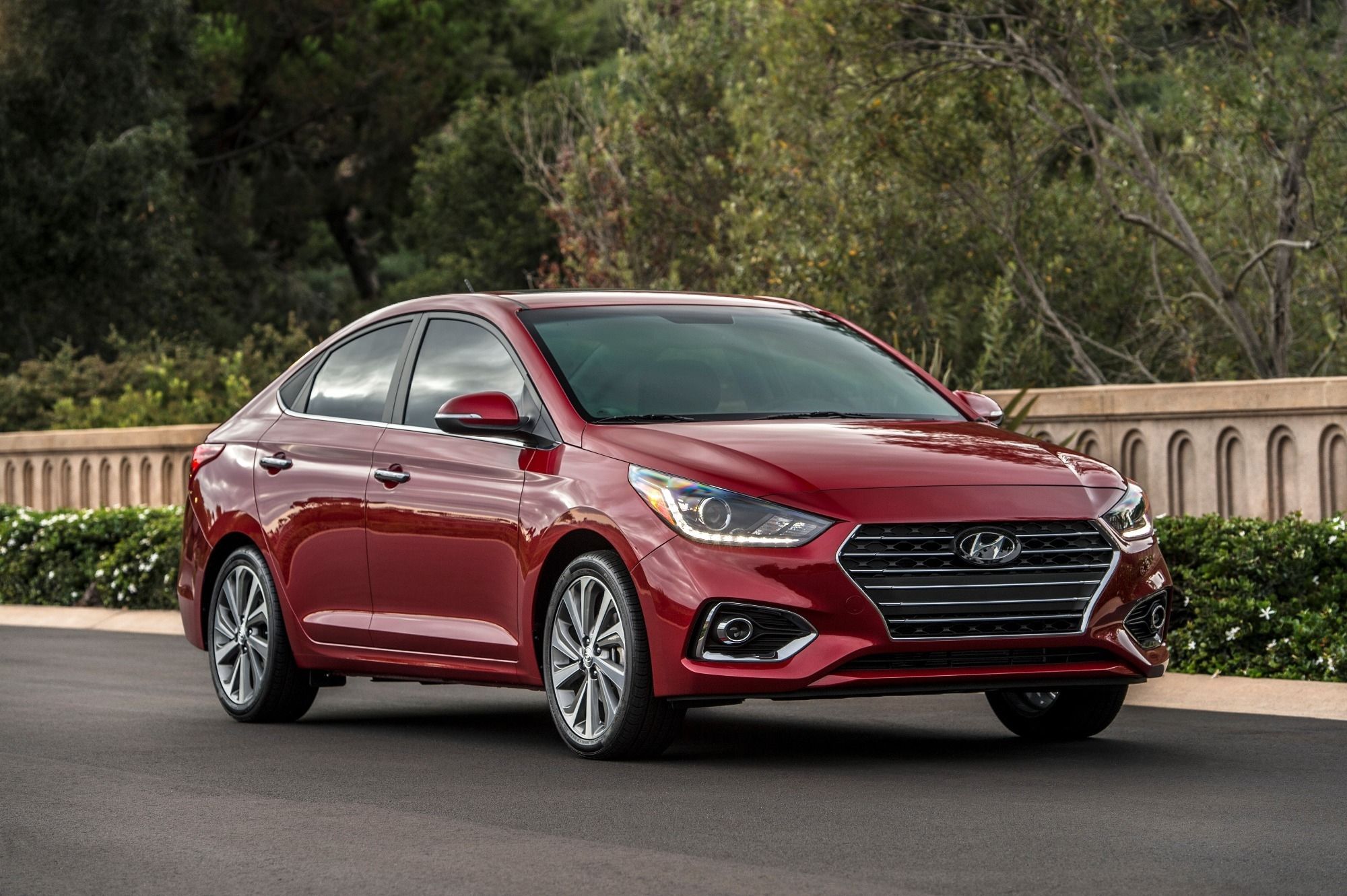
One of the many reasons some people prefer to buy larger cars is out of safety concerns. They firmly believe that larger cars are safer than smaller ones. And they're absolutely right, according to a new study by the Insurance Institute for Highway Safety, which examined deaths that occurred from 2012-2015. The bottom line from the data is that smaller cars, minicars in particular, had higher rates of driver deaths than larger vehicles.
The overall rate of driver deaths for data-checked 2014 models, for some perspective, is 30 per million registered vehicles years. For example, four-door minicars averaged 87 driver deaths per million registered vehicle years. That's actually the highest death rate out of any vehicle category tested. Four-wheel-drive luxury SUVs, by contrast, averaged just 6 driver deaths. Which specific makes and models had the highest rate of driver deaths? At the top of the list is the Hyundai Accent with 104 driver deaths. Next up is its corporate cousin, the Kia Rio, with 102. The Scion tC, which has since been discontinued, came in at 101.
Other vehicles in the top 15 of driver deaths are as follows (in order): Chevrolet Spark (96), Nissan Versa (95), Ford Fiesta sedan (83), Kia Soul (82), Dodge Challenger (81), Nissan Titan Crew Cab short bed 4x4 (73), Nissan Sentra (72), Ford Focus sedan (68), Chrysler 200 (67), Hyundai Genesis coupe (67), Ford Fiesta hatchback (63), Hyundai Accent hatchback (63). However, several vehicles averaged zero deaths, such as the Audi A6 AWD, Audi Q7 AWD, BMW 535i, Jeep Cherokee 4WD, Lexus CT 200h, Mazda CX-9 2WD, Mercedes-Benz M-Class 4WD, and the Toyota Tacoma Double Cab long bed 4WD.

